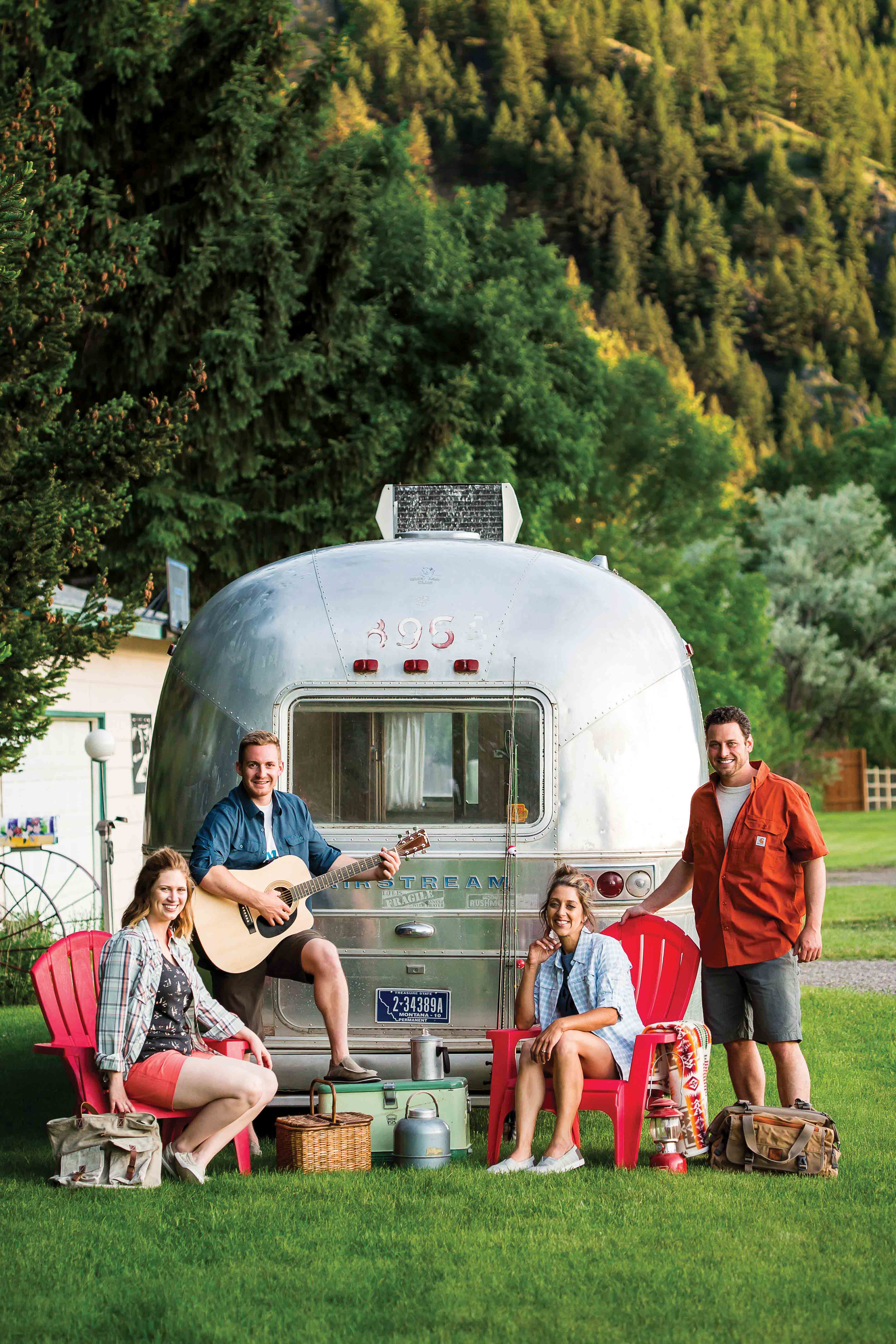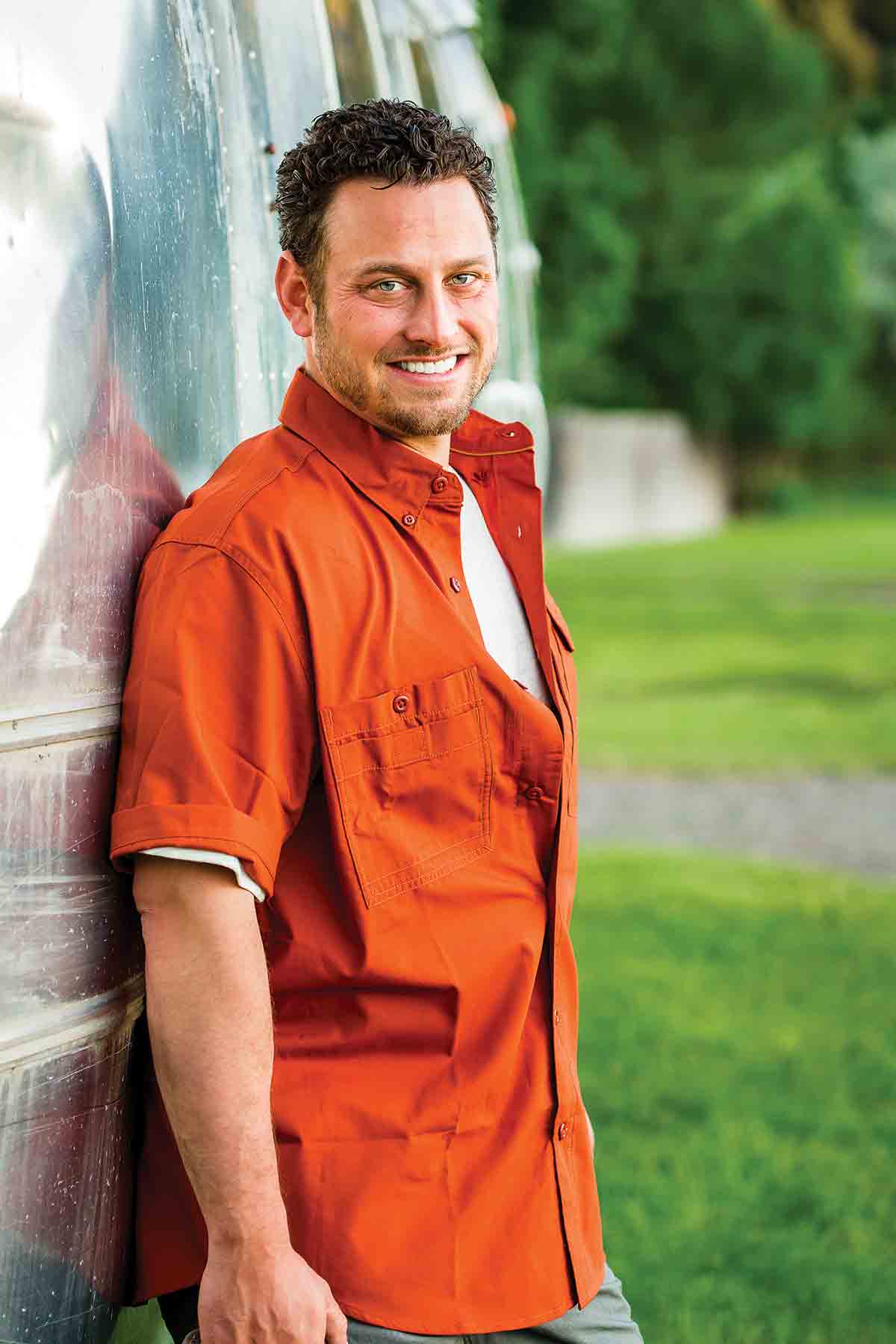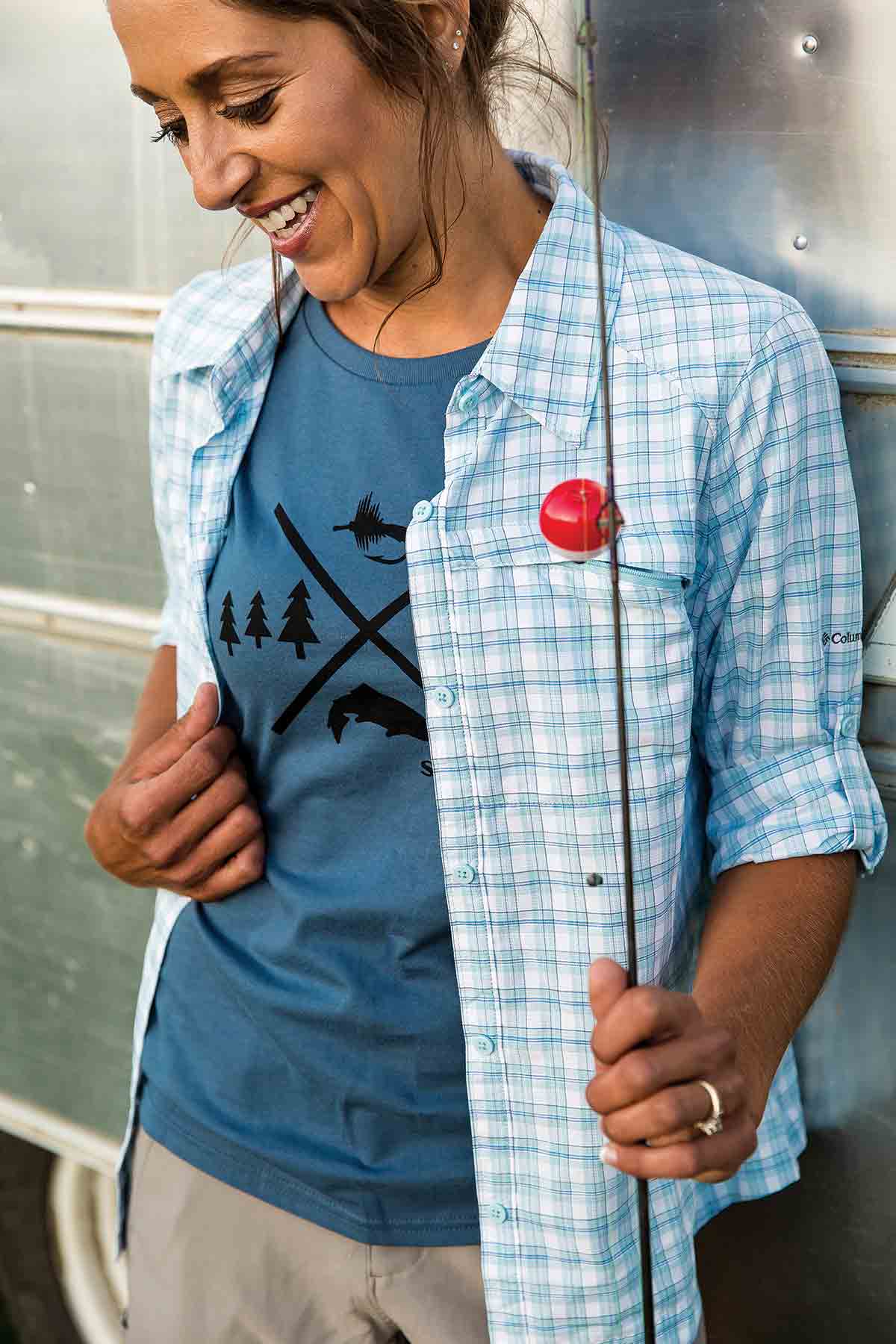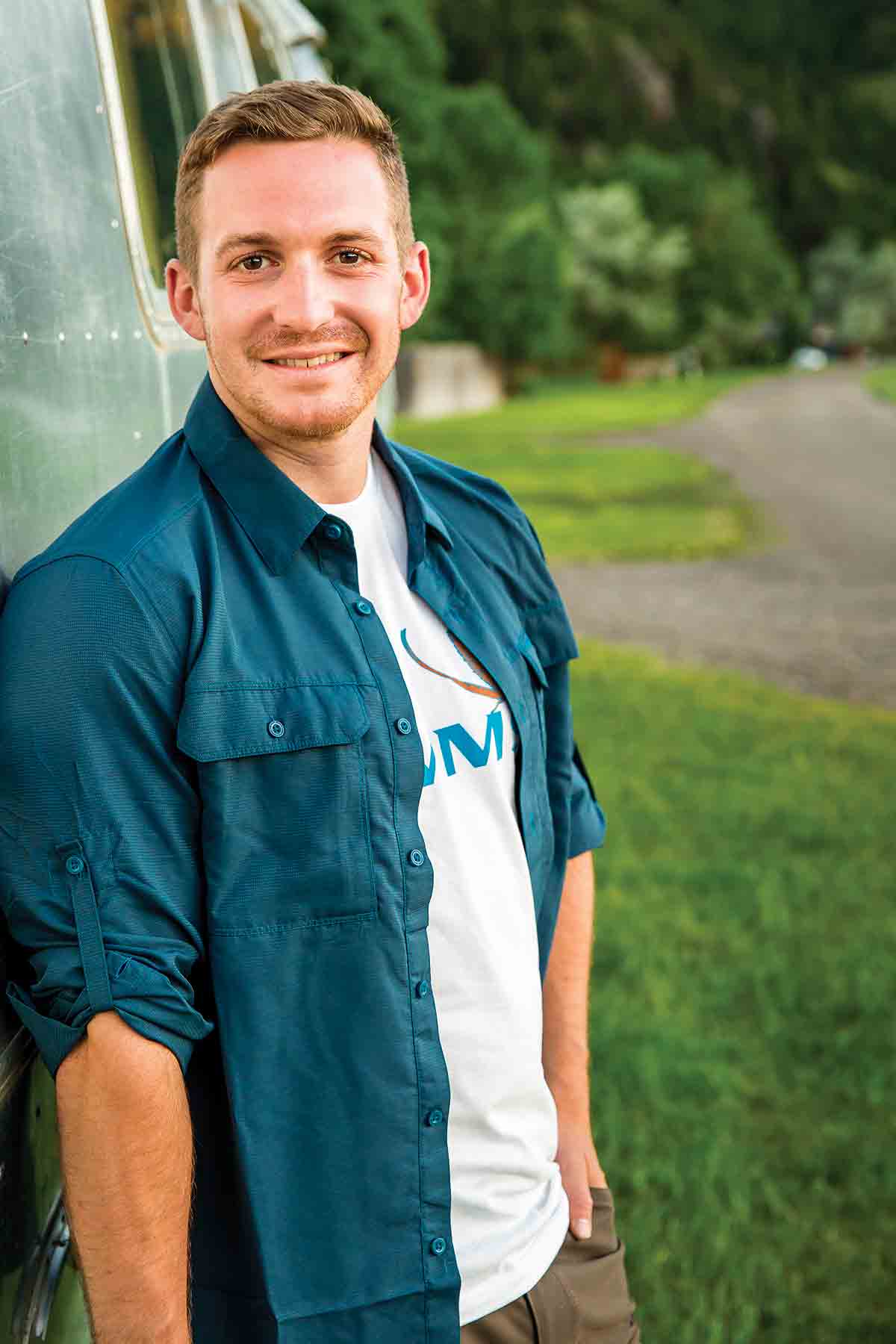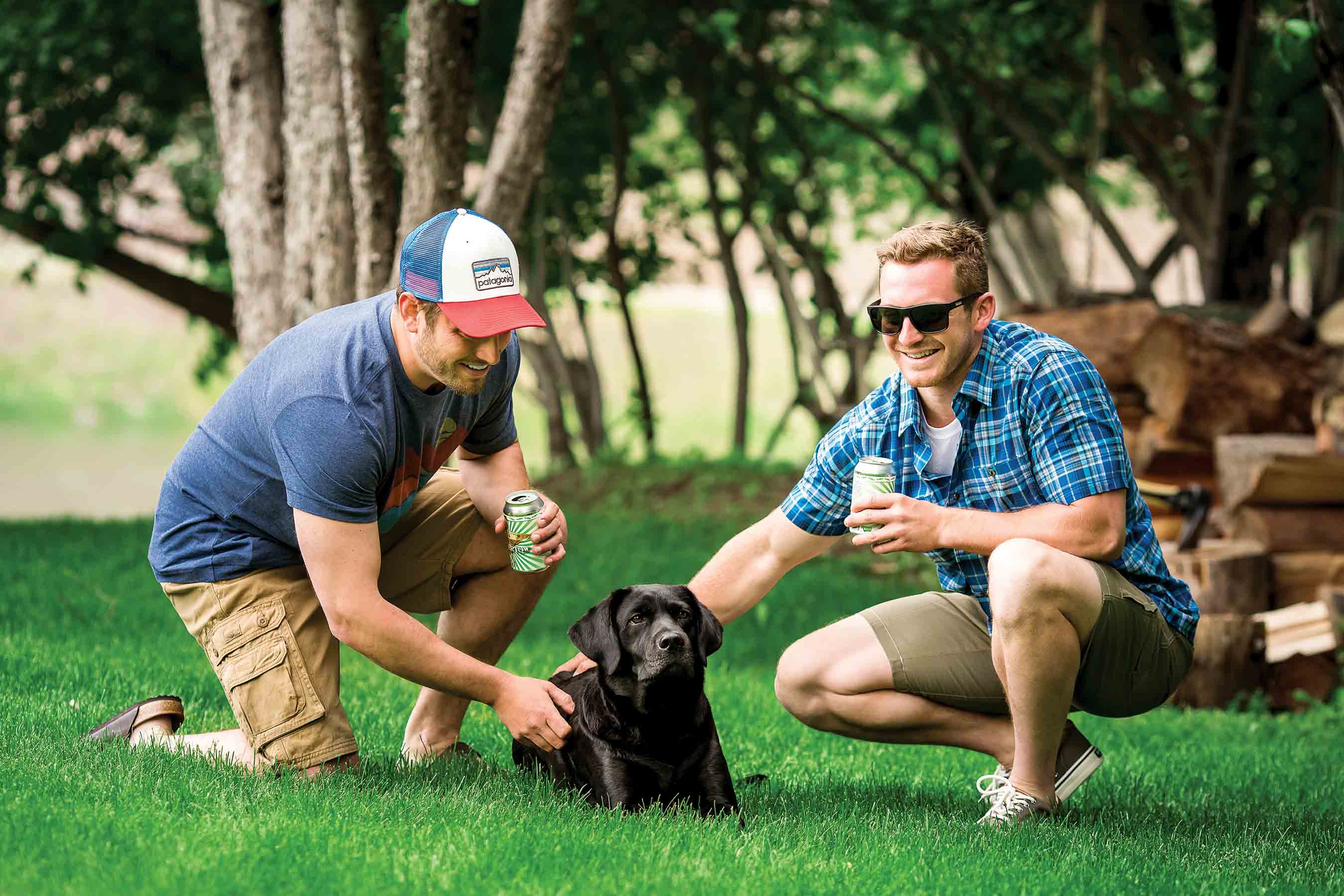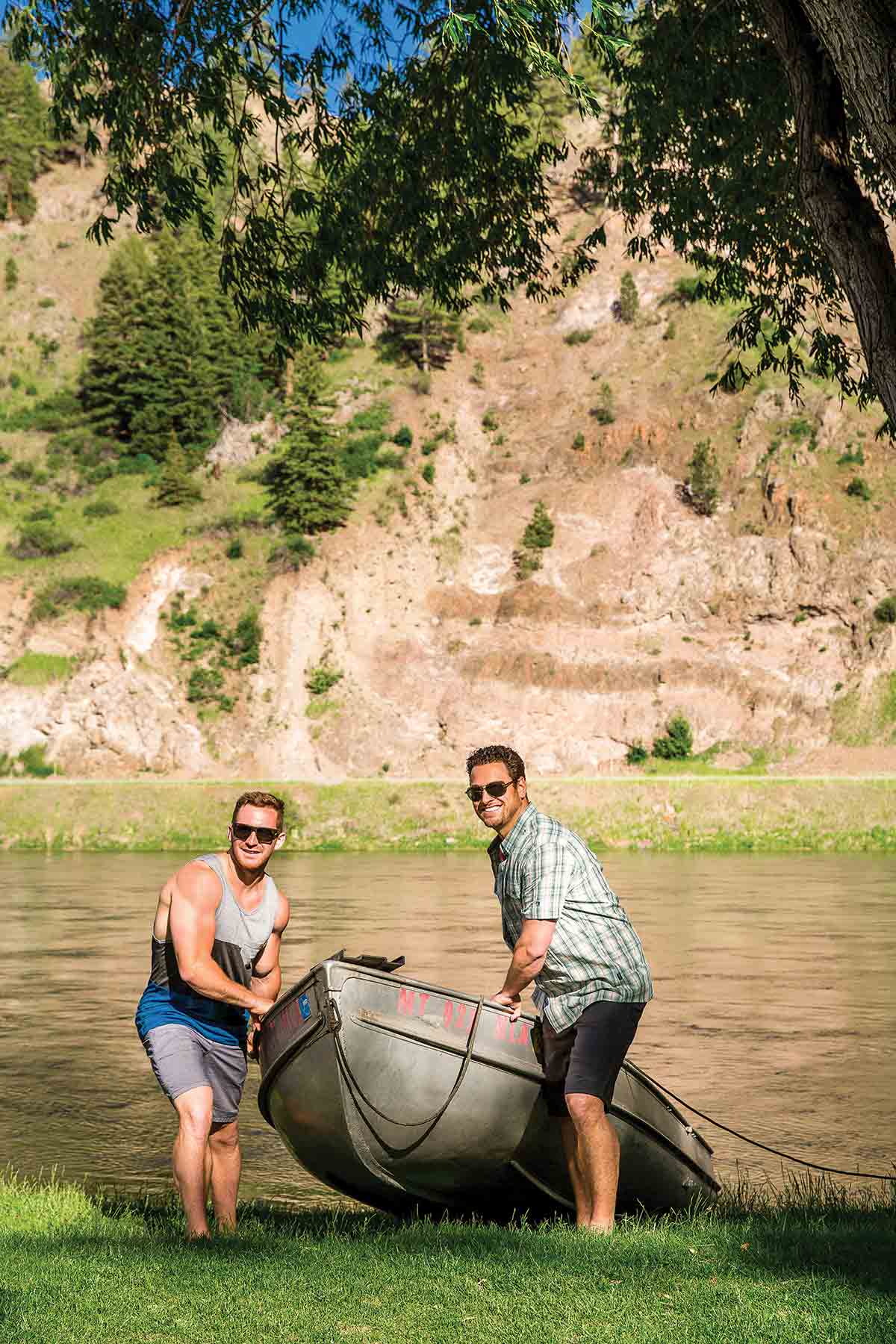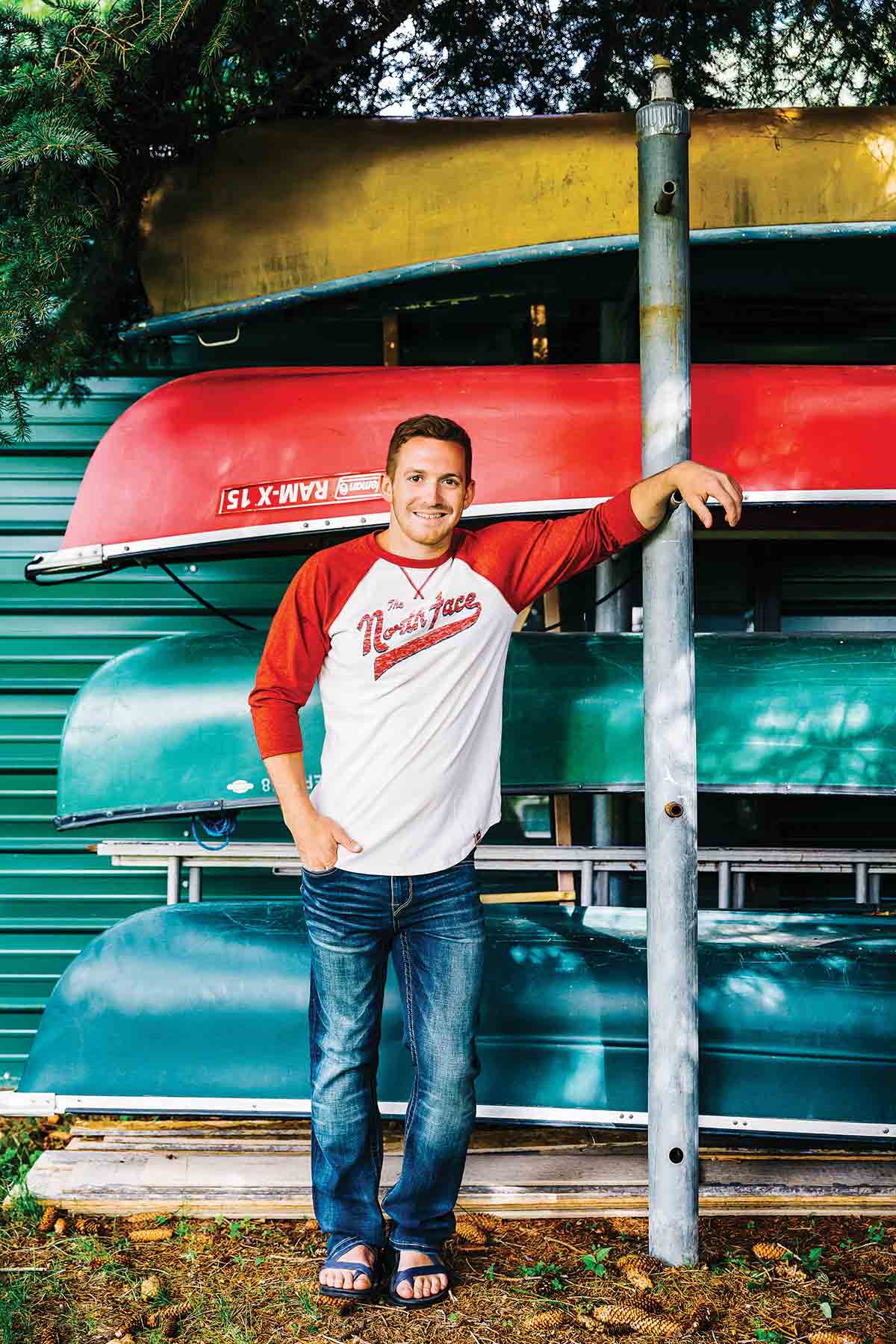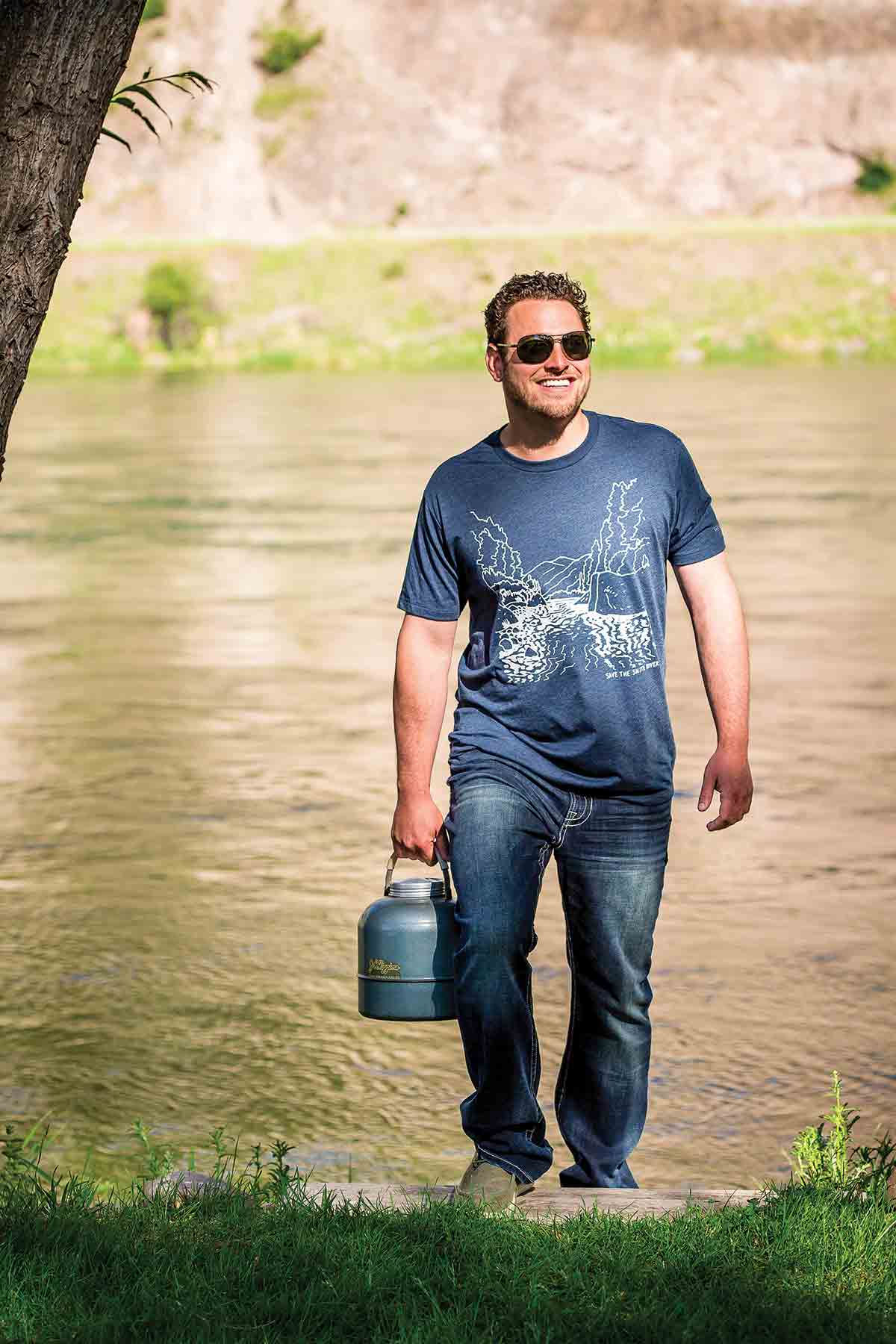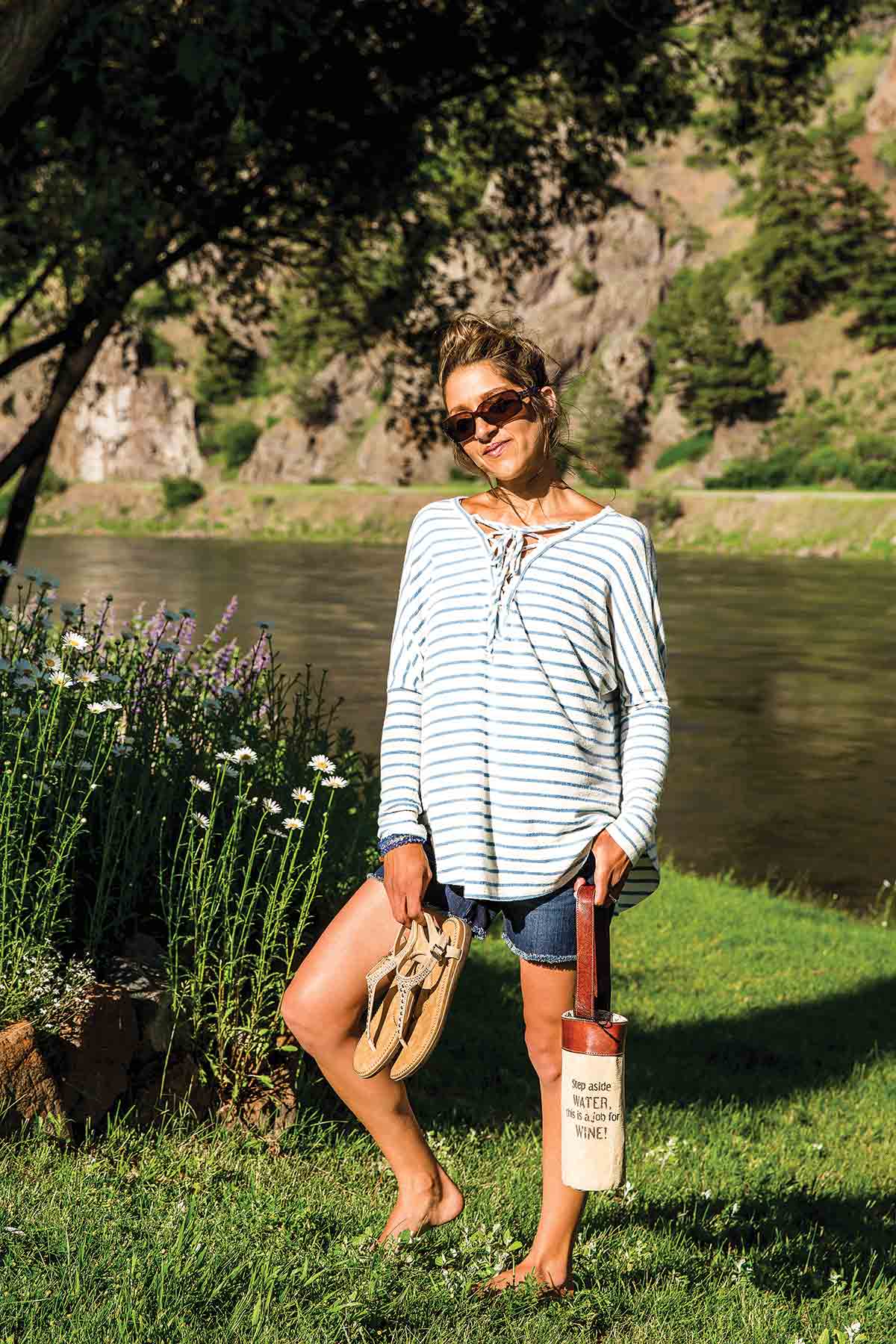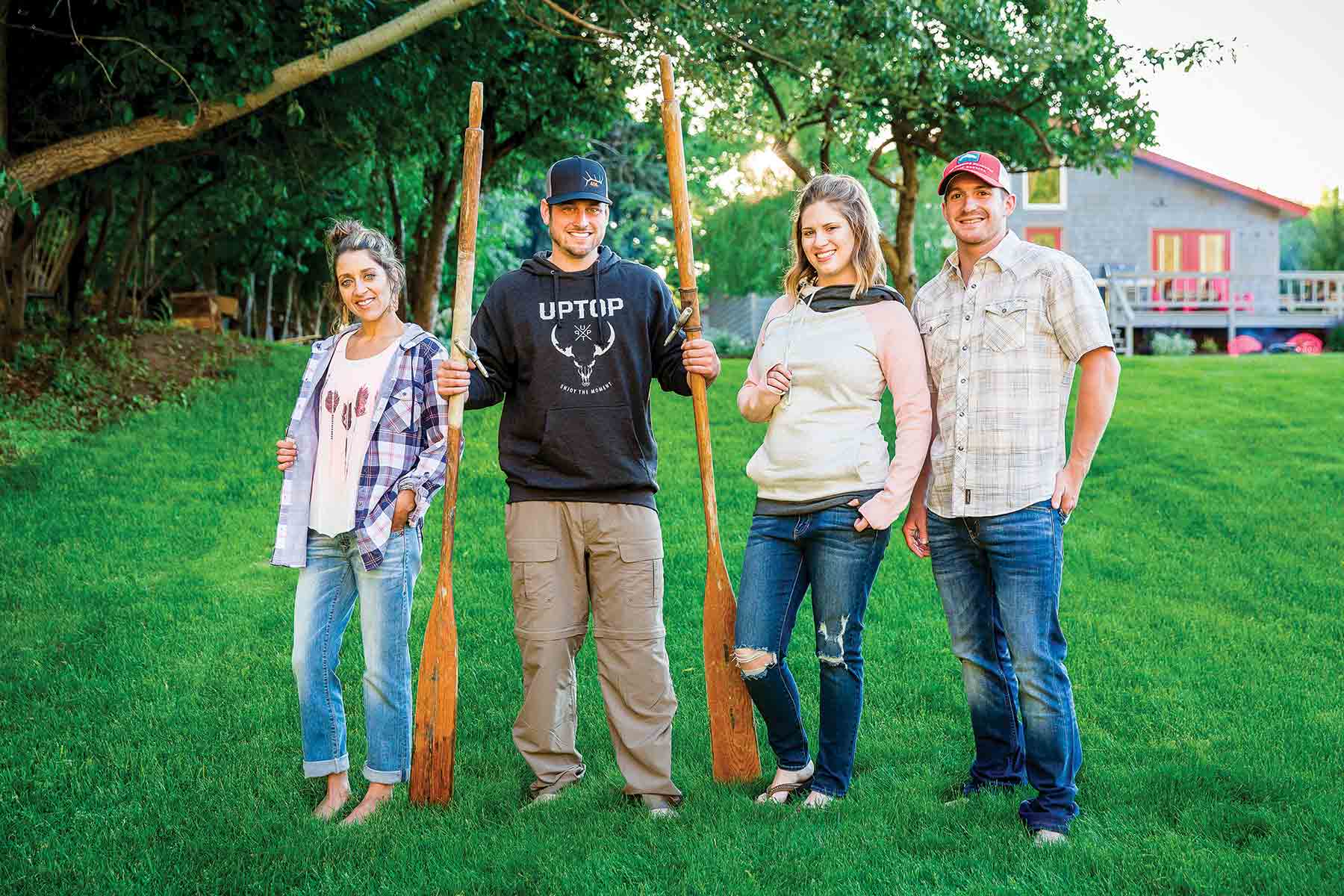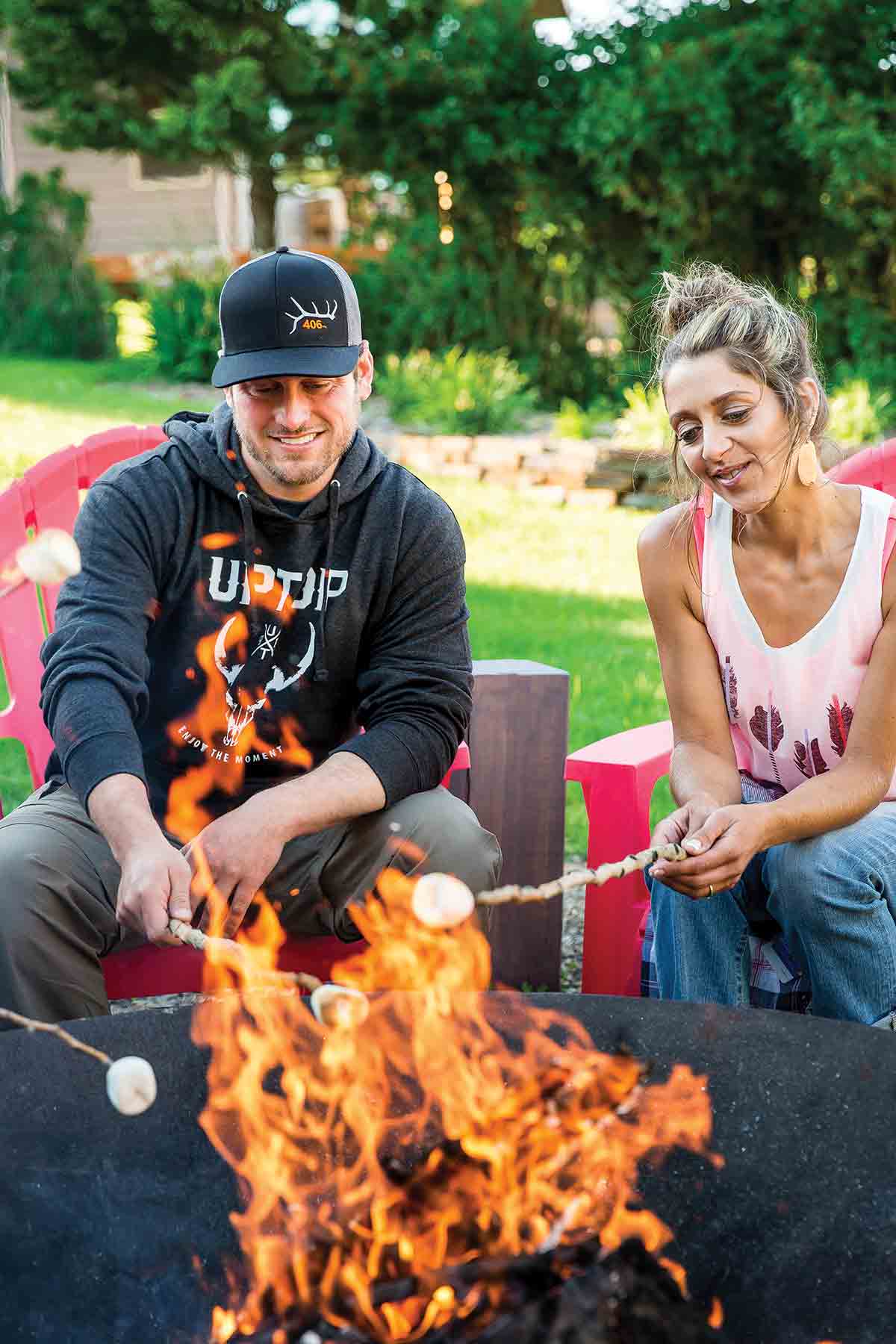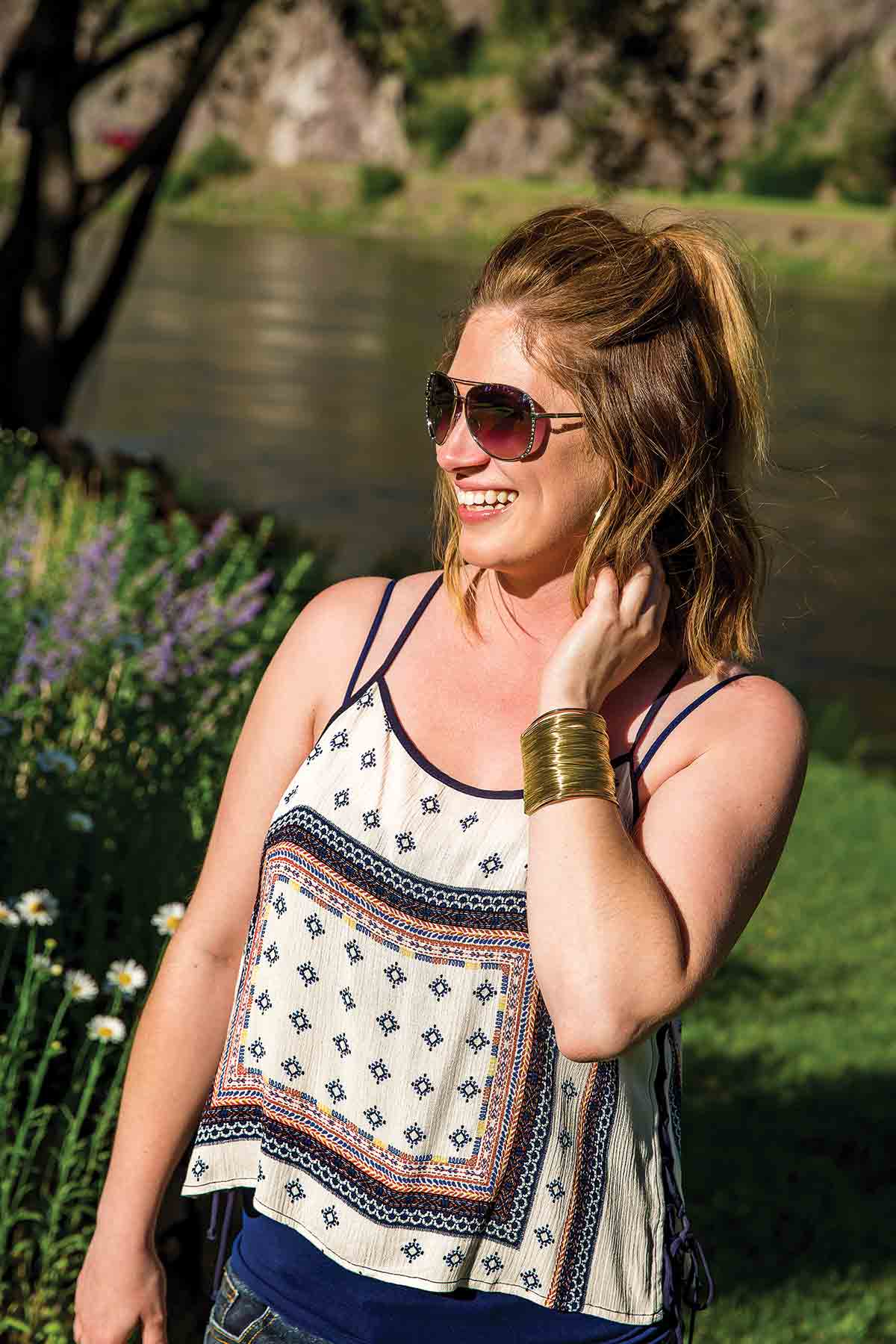Work in Concert With Nature To Manage Garden Pests And Mosquitoes In The Landscape
Text & Photography by Melinda Myers
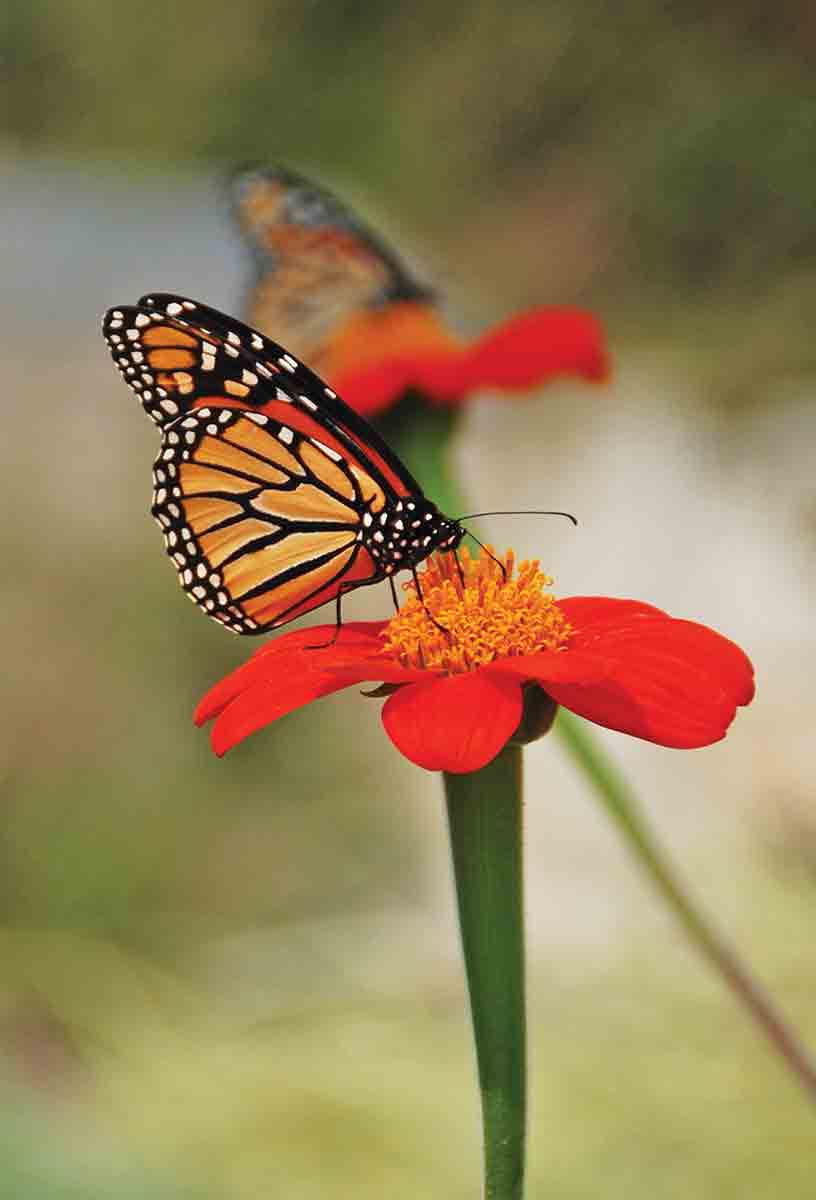
Butterflies need to drink, but they can’t do so from birdbaths or fountains. To attract butterflies, include one or more puddling sites. Sink a dish tub or bucket in the ground, fill it with sand, and make sure to wet the sand down with your garden hose each day.
A garden filled with flowers, birds, bees and butterflies is a sight to behold. These winged beauties add color, sound and motion to our gardens. Plus, they help maximize a garden’s productivity by pollinating plants and managing plant-damaging pests.
But what about those unwanted visitors to the garden? The aphids, mites and cabbage worms that feed upon our plants or the mosquitoes that feed upon us. There are ways to have a beautiful garden and at the same time enjoy the outdoors when we work with nature to manage our landscape.
Add a birdbath, a few birdhouses and plants for the birds. They’ll repay you by eating many of the insects that feed upon your plants. Include seed-bearing plants like coneflowers, Rudbeckias and cosmos as well as berry plants like Juneberry, dogwood and firethorn. Add an evergreen and a few trees for shelter and nesting, if space allows.
Include a hummingbird feeder and a few of their favorite flowers like columbine, salvia, penstemon, and phlox. Then watch as these fast flyers feed upon aphids, mites and mosquitoes in between sips of nectar.
While watching the birds, bees and butterflies, examine your plants for garden pests. Catching insects early may mean the difference between a successful harvest and disappointment. Before reaching for the pesticides and destroying their food source, attract the good guys and manage unwanted pests with a few of these eco-friendly strategies.

Native plants are usually best for native bees, and can be used in both wild areas and gardens. There are also many garden plants—particularly older, heirloom varieties of perennials and herbs that are good sources of nectar or pollen.
Tolerate a bit of damage and wait for the birds, lady beetles, praying mantis and other beneficial insects to move in and eat the bad bugs in the garden. Use barriers like row covers to keep cabbage worms off your cabbage, cauliflower, broccoli and Brussels sprouts. Sink shallow containers filled with beer into the soil around host as and some of the other favorite plants of slugs and snails. These pests are attracted to the fermenting yeast, crawl inside and die.

Lady beetles are voracious aphid feeders and an adult beetle will eat 50 or more aphids a day.
Certified Montana Master Gardener, Marcia Bundi, suggests sticking with native plants in your garden and landscaping as they need less maintenance than non-native plants, once they are established.
“Native plants are better suited to handle extreme temperatures,” says Bundi.
“They can tolerate disease and pests and can survive on the natural rainfall in the area and are already resistant to local insects which means you won’t need to spray toxic chemicals for pest control,” she says.
If the bad guys persist, step up your eco-friendly control. Knock small populations of aphids and mites off plants with a strong blast of water. Apply insecticidal soap or Summit Year-Round Spray Oil if nature needs a helping hand. These organic insecticides are effective at managing pests, while gentle on the good guys when used properly.
Keep mosquito populations to a minimum. Drain water from toys, buckets or any object that can hold water and serve as a breeding ground for mosquitoes. Change the water in birdbaths several times a week. Toss a Mosquito Dunk (SummitResponsibleSolutions.com) in rain barrels and water features. This organic insecticide only kills the larvae of mosquitoes, black flies and fungus gnats. It won’t harm bees, butterflies, birds, pets and people.
Bundi says, “Picture perfect produce is achieved by pesticides but it is important to point out that most insects you see are neither helpful nor harmful, they are just there.
“My advice is to live and let live. A little damage isn’t going to hurt your plants. You just have to decide what you can live with”.

Insects and diseases are attracted to stressed, damaged or otherwise unhealthy plants, so the key to preventive control is taking good care of your plants. That means paying close attention to them and providing the conditions they need for healthy, vigorous growth.
Evaluate your success and make needed adjustments. Write a note in next year’s calendar to watch for the return of these pests. You’ll be ready to step in and lend nature a hand if needed.
As you begin to work in harmony with nature you will find more birds, bees and butterflies visiting your garden. Together you can grow a beautiful and productive garden for all to enjoy.
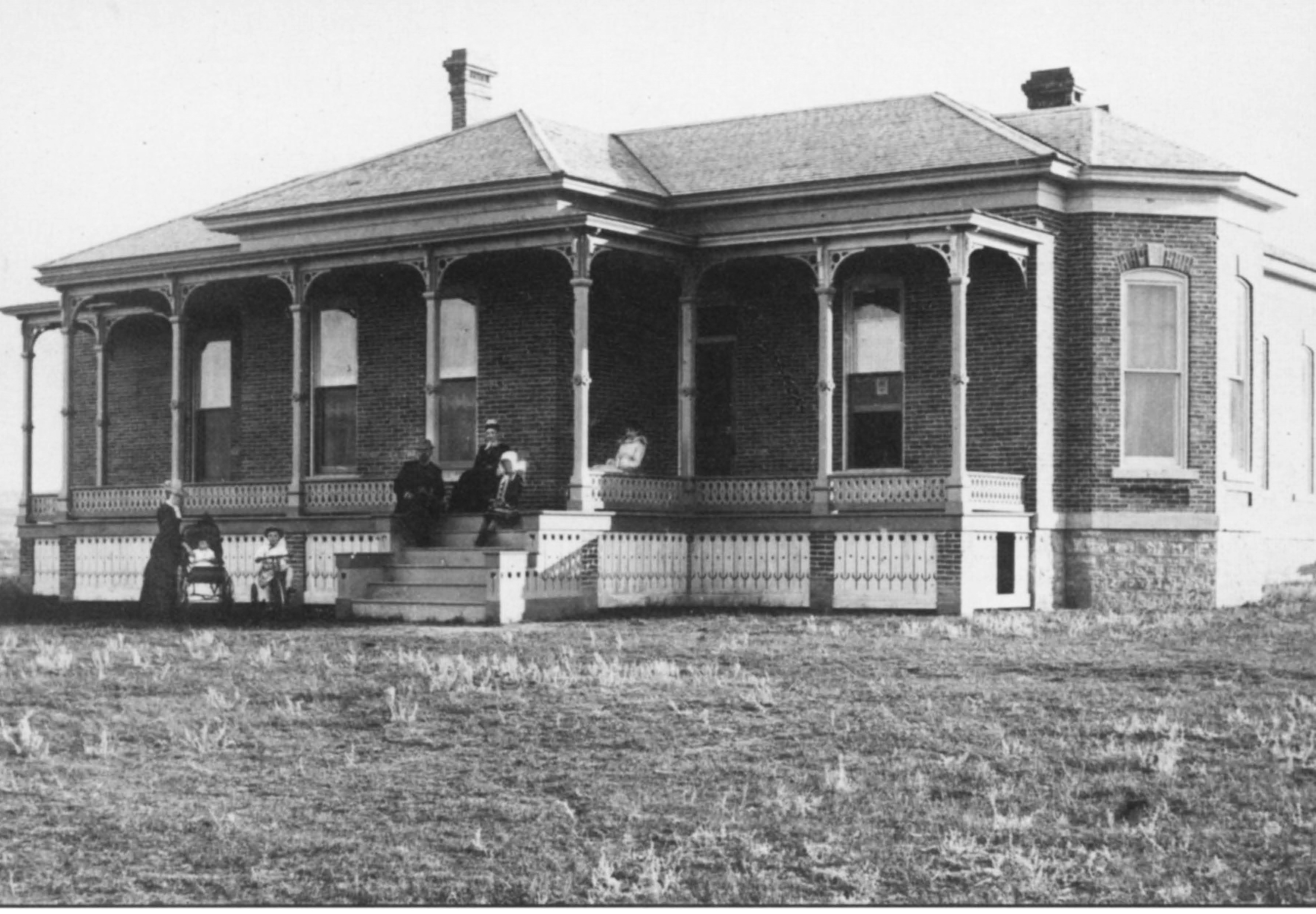
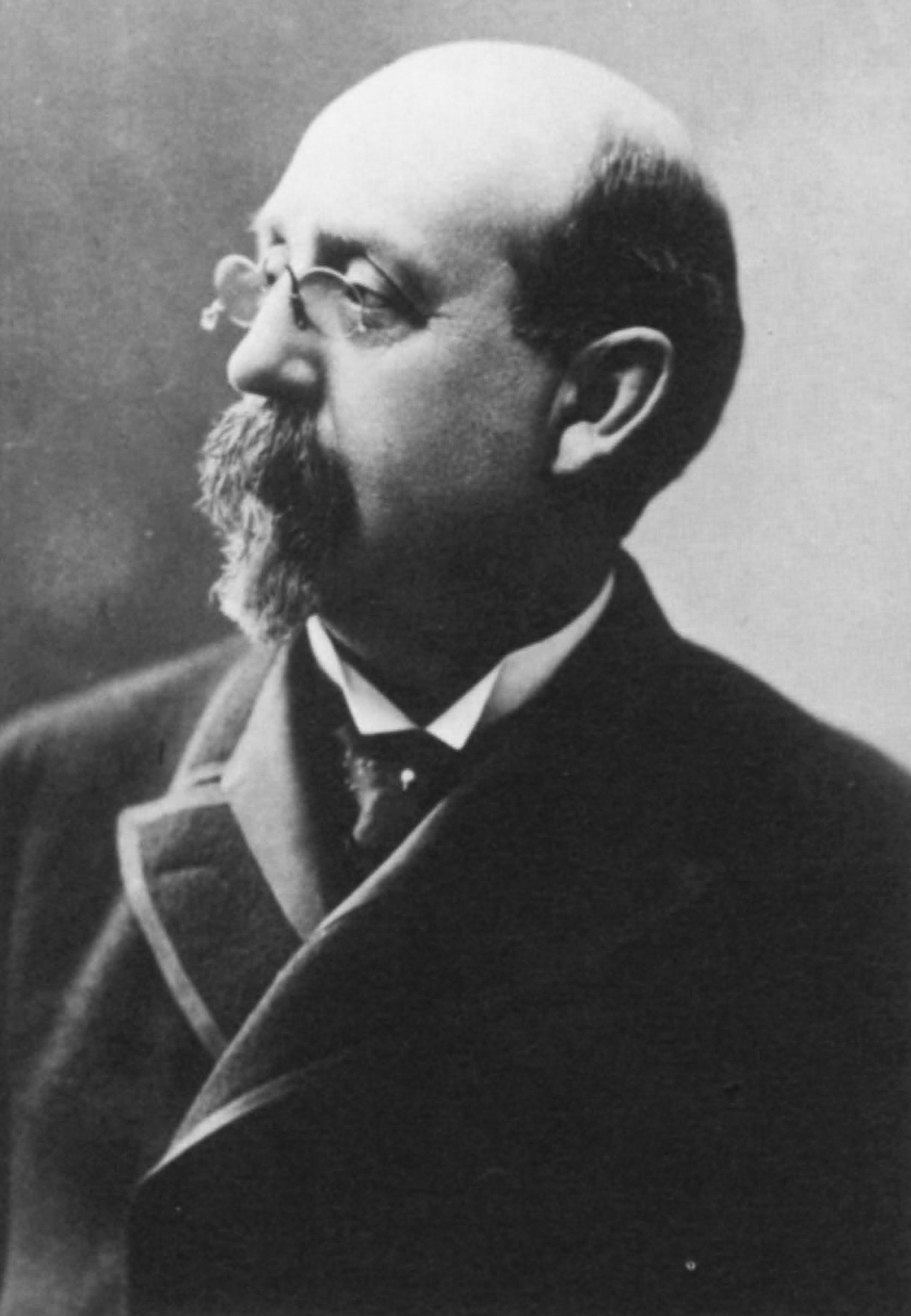
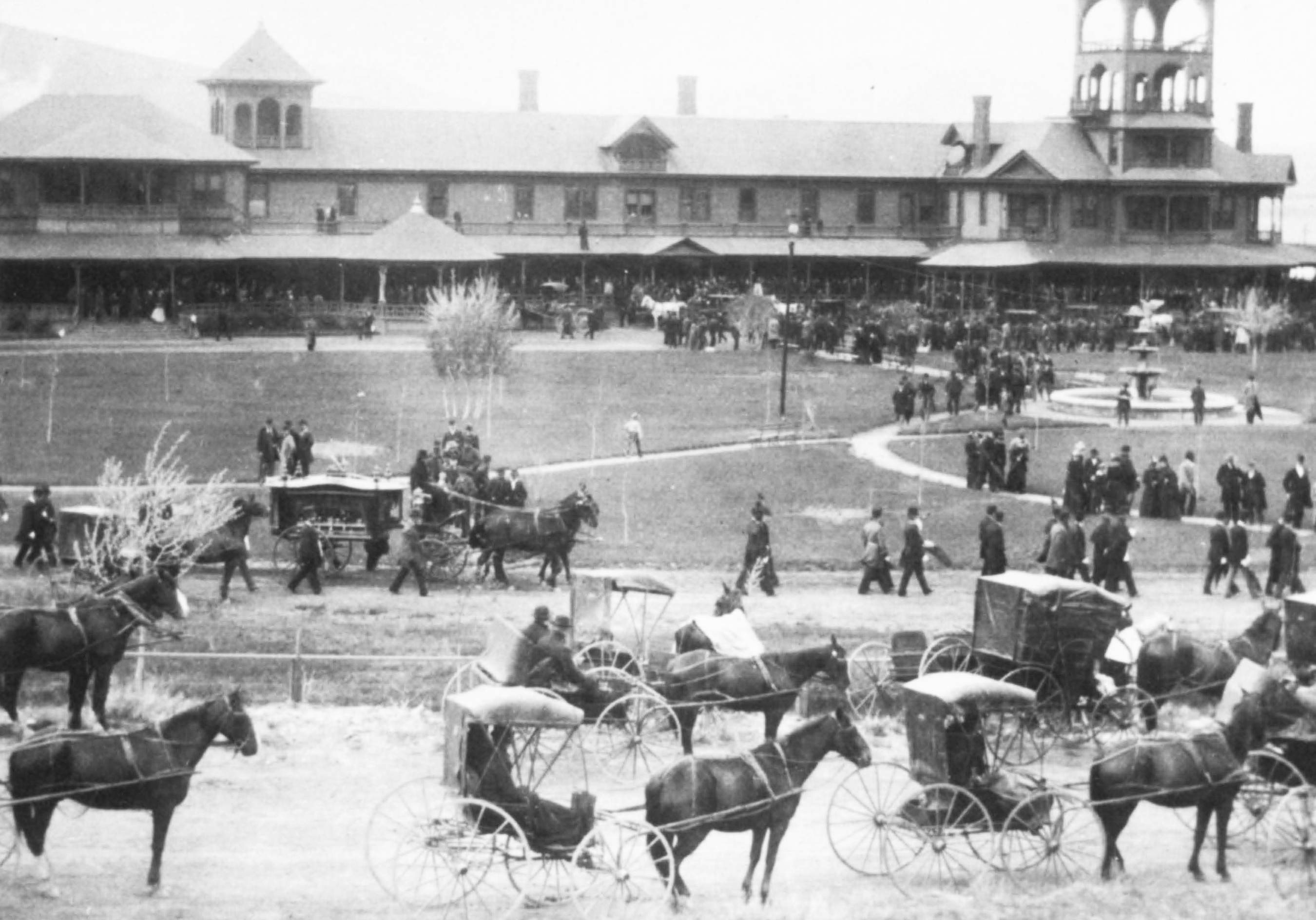
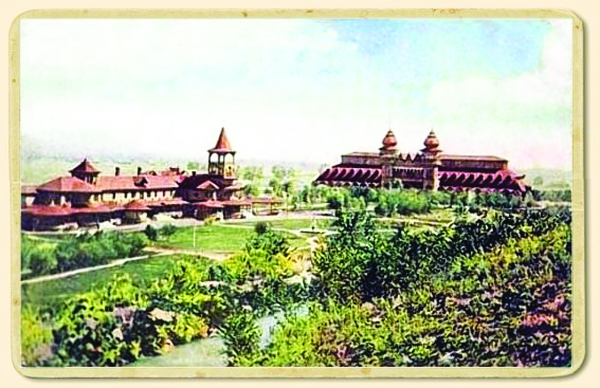




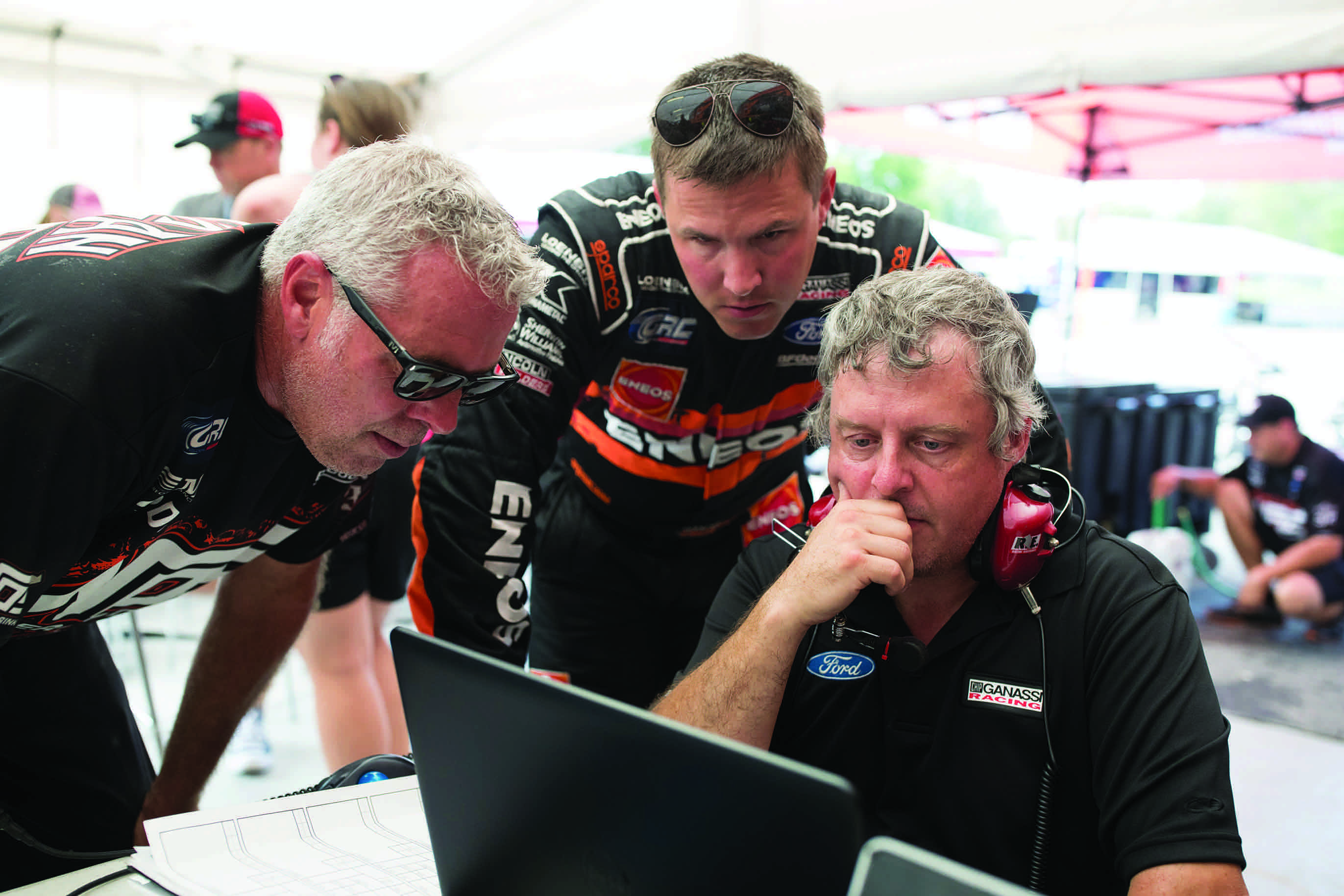
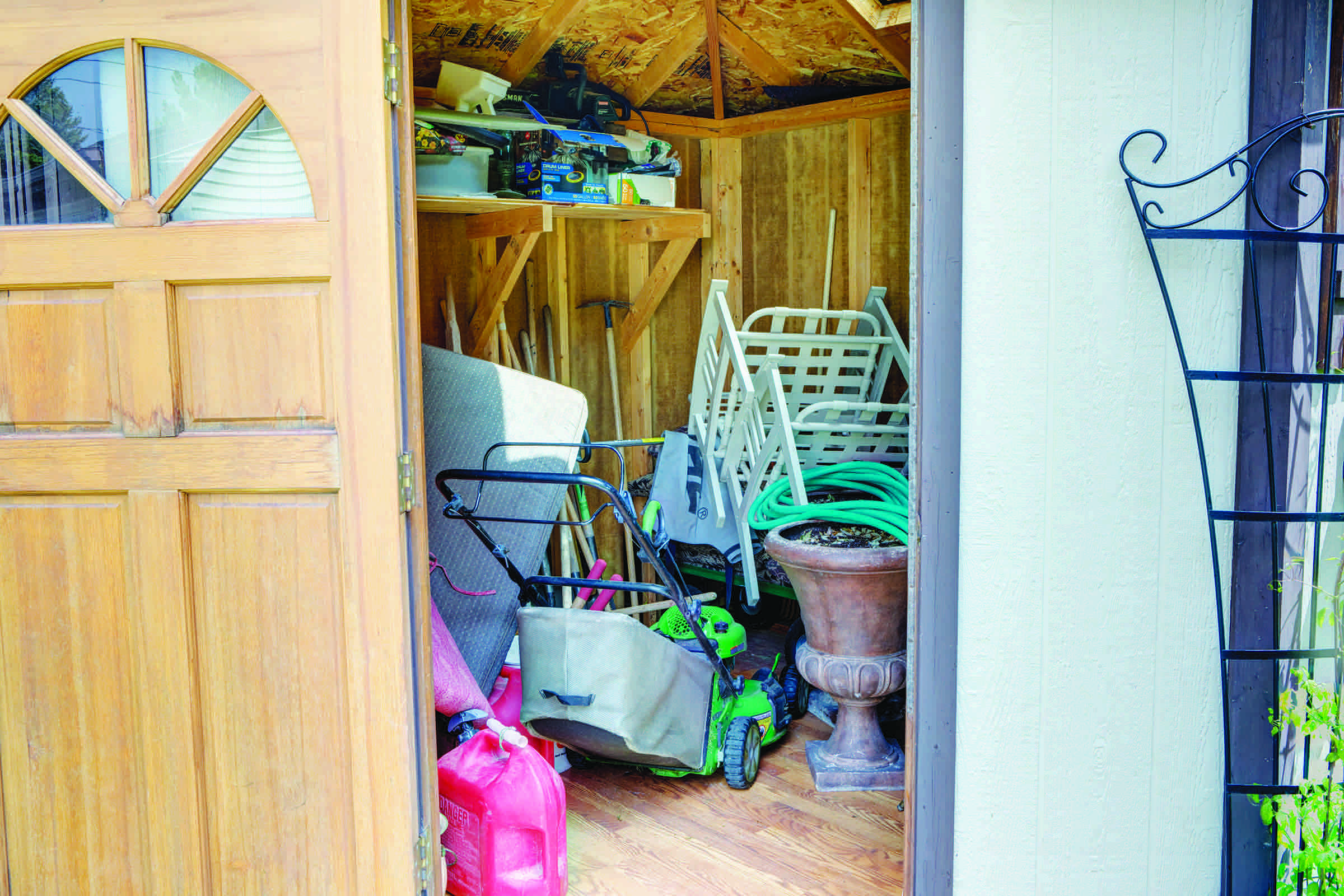 After a recent garage and storage shed organizing job, I realized there are some simple solutions to help you take control of your space that don’t cost a lot of money.
After a recent garage and storage shed organizing job, I realized there are some simple solutions to help you take control of your space that don’t cost a lot of money.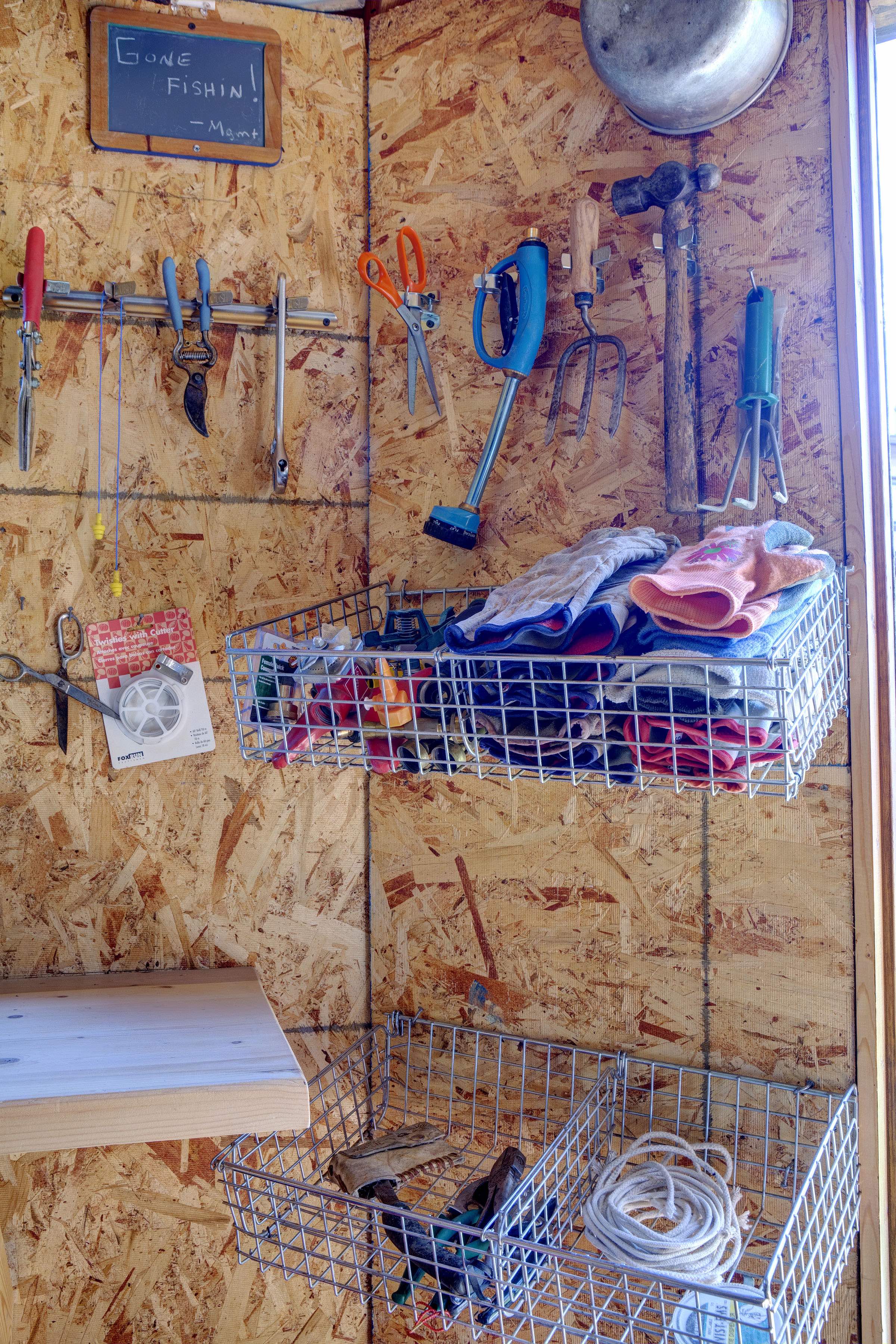
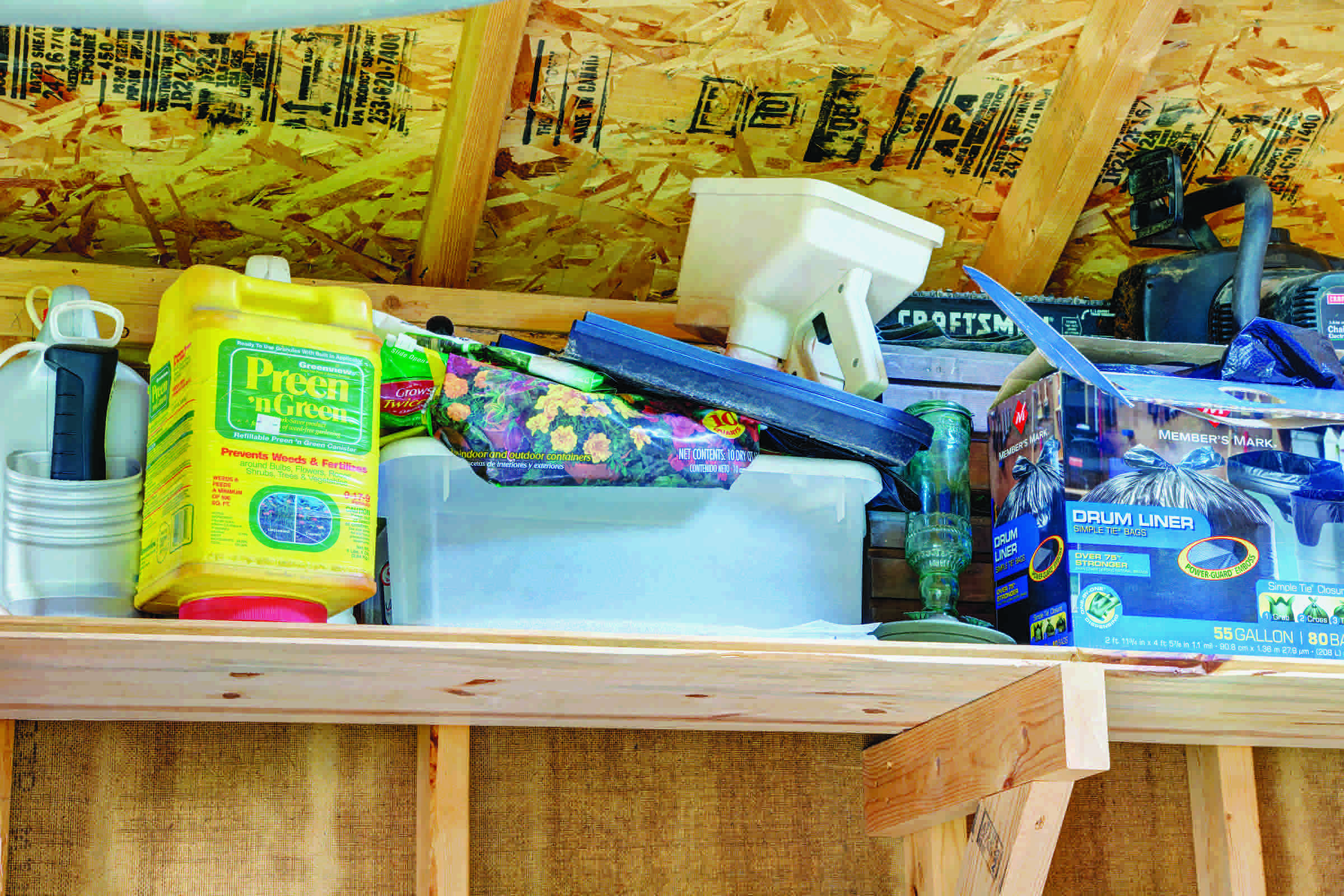
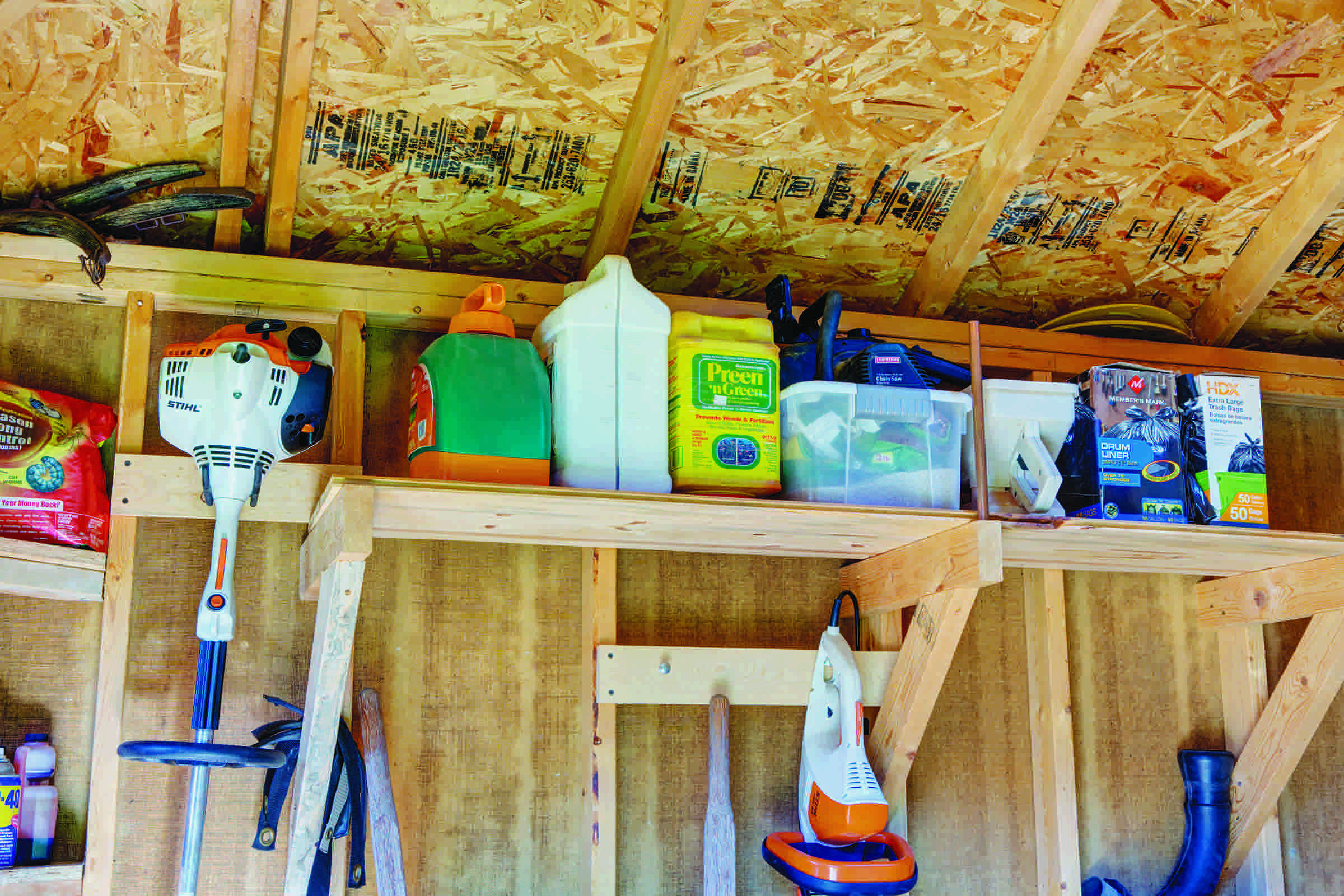





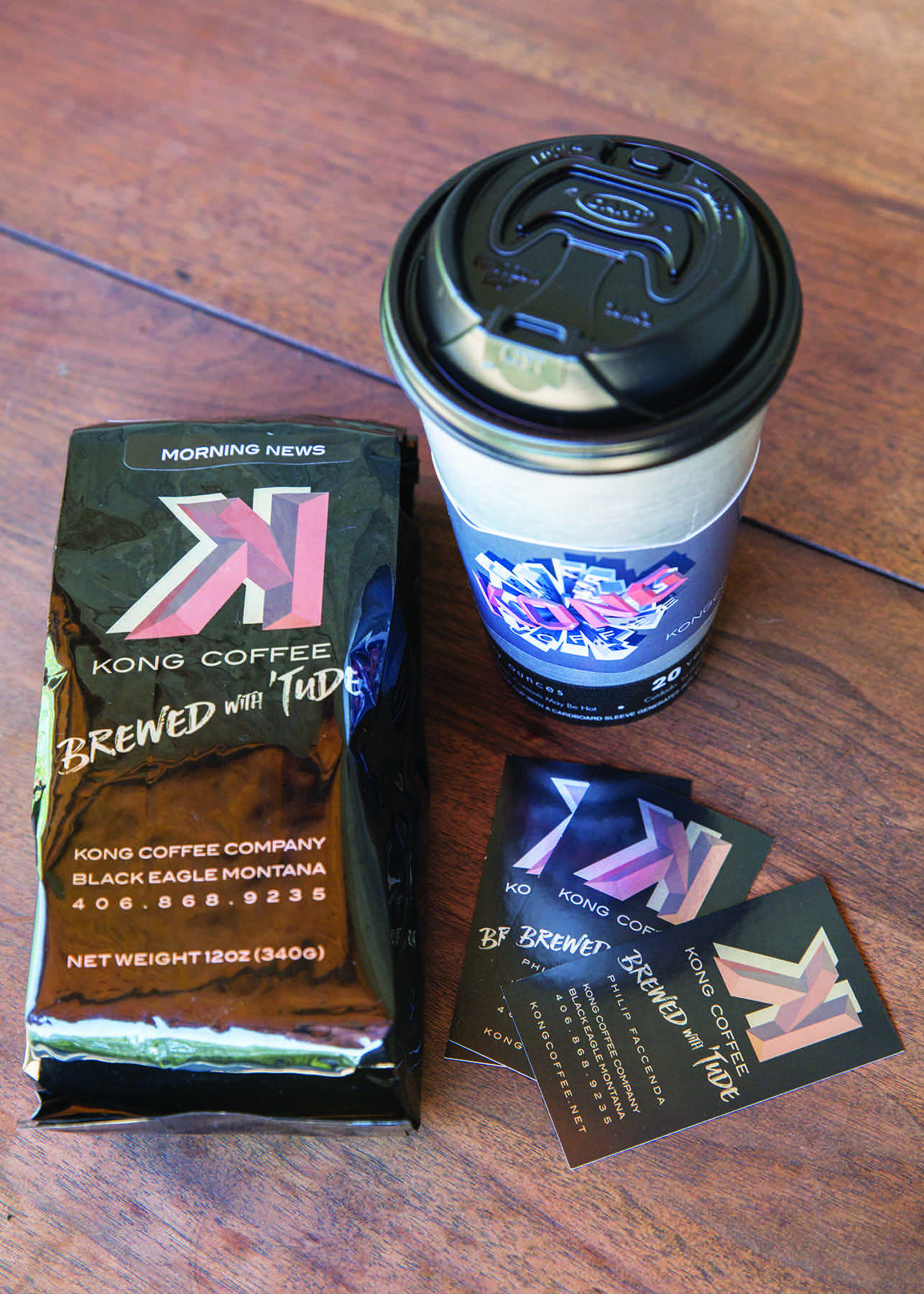 But Phil believes its more than fantastic beans that sets Kong Coffee apart. “We use only Source Giant Springs water for our brews, which will be held in 400 gallon tanks in the second-level shipping containers. We are the only ones doing it, and the water makes a huge difference in the taste of our coffees.”
But Phil believes its more than fantastic beans that sets Kong Coffee apart. “We use only Source Giant Springs water for our brews, which will be held in 400 gallon tanks in the second-level shipping containers. We are the only ones doing it, and the water makes a huge difference in the taste of our coffees.”